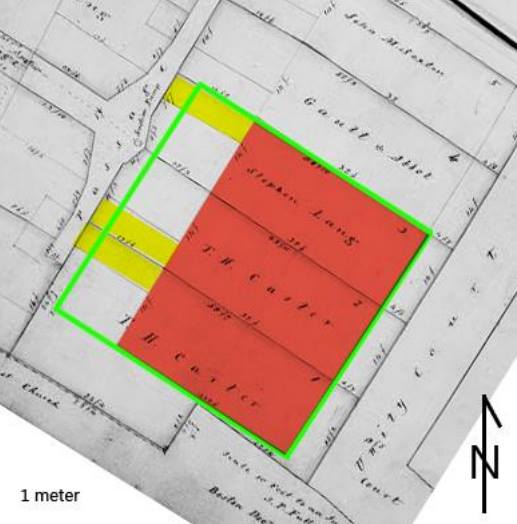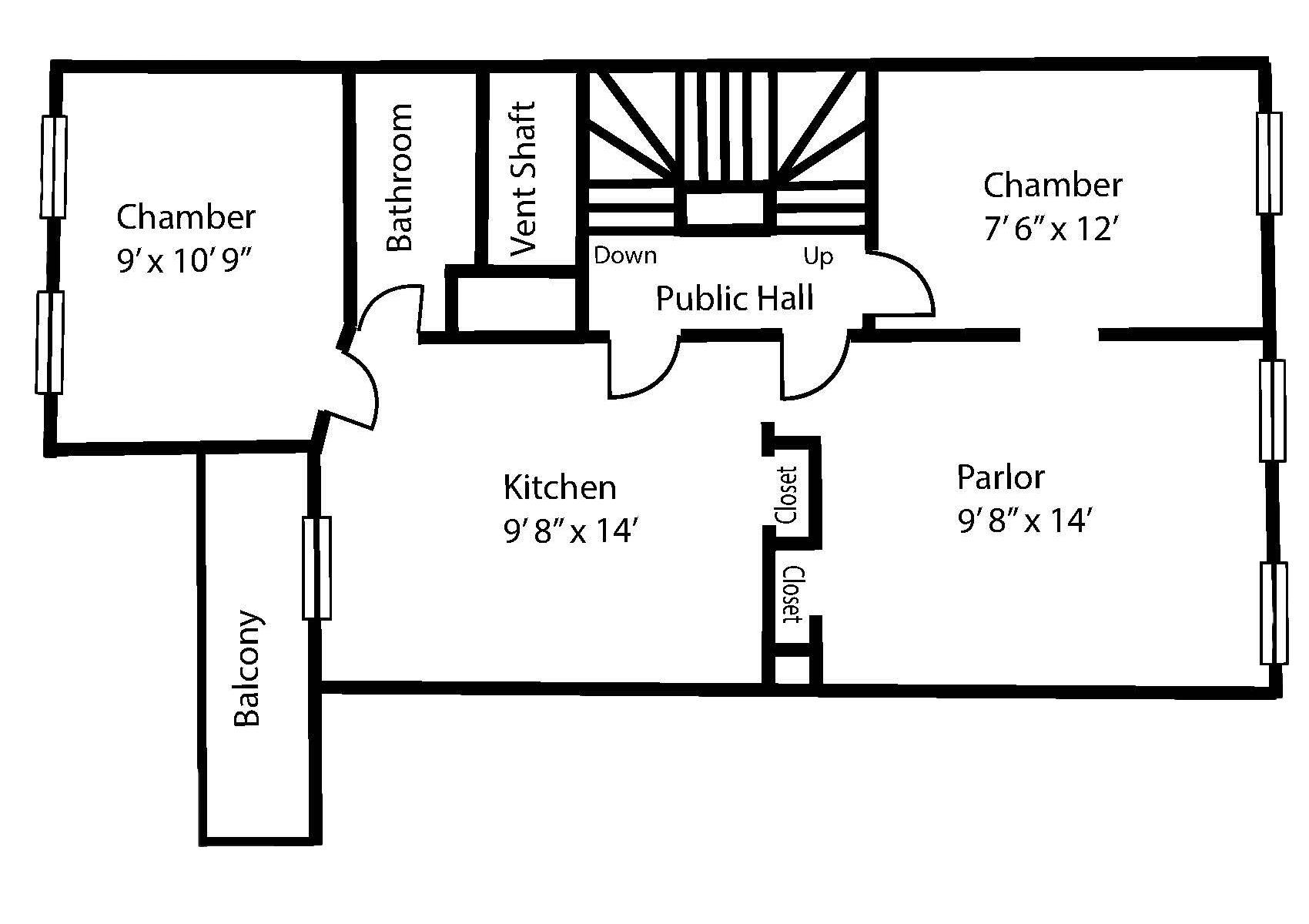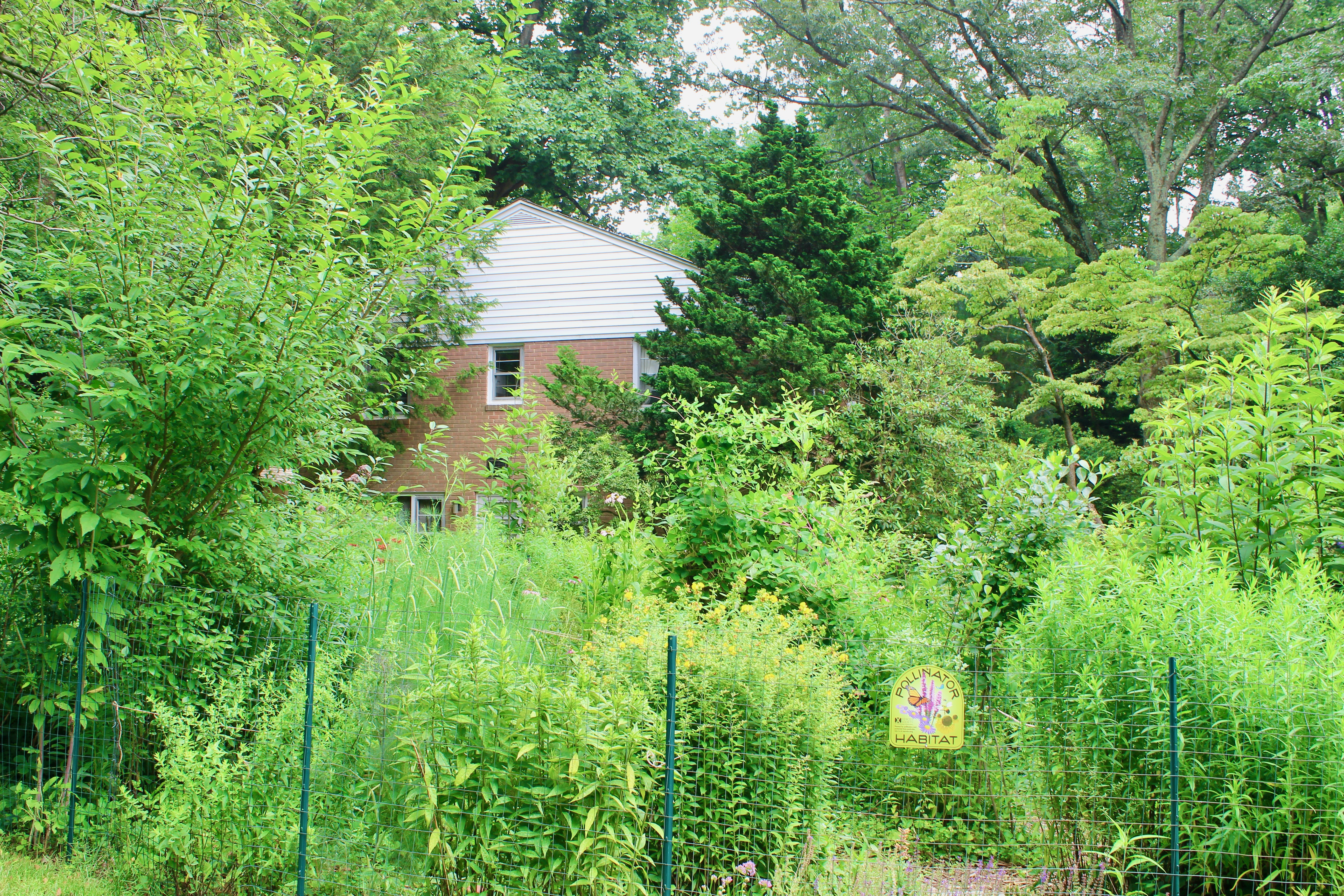
Exploring Historical Spaces with Boston College
History is all around us, weaving the web of our present lives. But how can we begin to unravel what this means? To follow a historical thread is to trace the past into the present. Through technology, we can begin this work in understanding historical objects and spaces through digital recreations and innovative technologies.
Within academic scholarship, there are many ways to go about representing the past, ranging from traditional historical approaches to more creative historiographical approaches. In the former, historians aim to have the historical artifacts speak for themselves. In the latter, scholars aim to immerse the public in historically-informed experiences to understand the past. For this digital humanities project, our interdisciplinary team of collaborators has elected to adopt more creative methodologies to provide students with an experiential understanding of historical space.
This website hosts several creative explorations of time and space across the disciplines of history and English literature created by Boston College doctoral students. These collected digital projects are intended for educational purposes and include related lesson plans for accessing the past in your own classroom.
Skill(s):
Deep Reading; Data Analysis; Spatial AnalysisTool(s):
Tableau; Datawrapper; ArcGIS; StoryMaps
Skill(s):
Sound Spaces; Spatial Analysis; AudioTool(s):
Tableau; Datawrapper; ArcGIS; StoryMaps

Shortly to follow, the group will put a lesson plan focused on how to create wood block designs in Adobe Illustrator for use either as stamps or in combination with the press.
